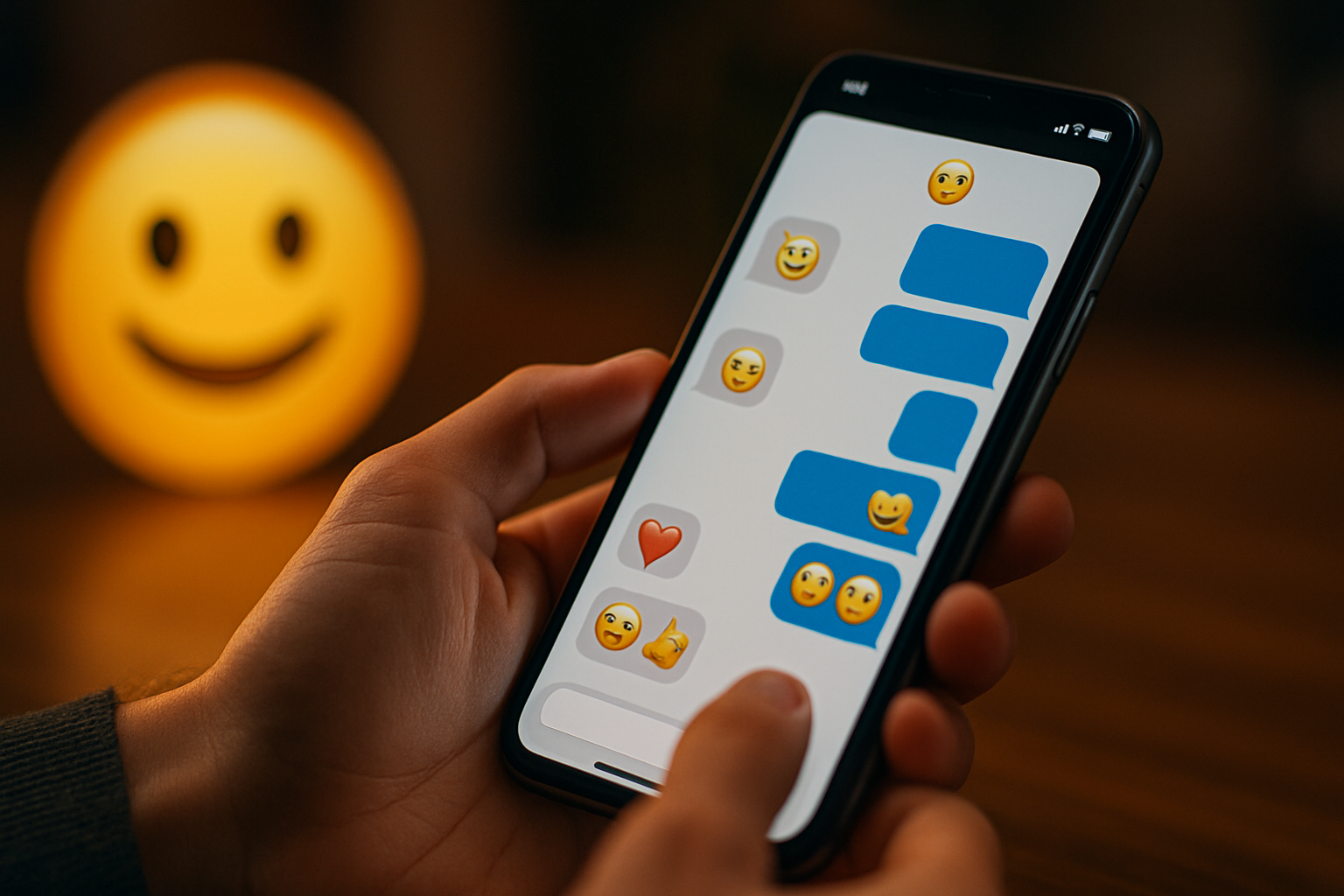Decoding the Language of Emojis: Unraveling the Impact on Human Communication
Introduction: Delve into the fascinating world of emojis, the colorful digital icons that have transformed the way we communicate in the digital era. From their historical origins to their influence on contemporary society, this article provides a comprehensive exploration of the emoji phenomenon. Read below to discover how these little pictograms are shaping our language, culture, and social interactions.

The Emergence of Emojis
In the late 1990s, a Japanese artist named Shigetaka Kurita developed the first set of 176 emojis. His creation was a response to the limitations of text-based communication, which often led to misunderstandings due to the absence of non-verbal cues. From their humble beginnings on Japanese mobile phones, emojis have now become a universal language, used by billions of people worldwide.
The Sociological Significance of Emojis
Emojis serve a variety of sociological purposes. They can soften the tone of a message, provide emotional context, and even replace words entirely. In a world where digital communication is predominant, emojis have become the non-verbal cues of the digital age, adding a layer of emotional expressiveness to our online interactions.
Emojis and Cultural Trends
The use of emojis is not just a communication trend; it’s a cultural phenomenon that reflects social changes and societal values. The addition of diverse skin tones, gender-inclusive emojis, and symbols representing various professions indicates an effort to make the emoji language more inclusive and representative of modern society.
The Impact of Emojis on Human Interaction
The integration of emojis into our daily communication has significant implications for human interaction. On the one hand, they enrich our digital conversations by conveying emotions and nuances that text alone may not capture. On the other hand, over-reliance on emojis can lead to misinterpretations, given their subjective nature and cultural variations in their interpretation.
Emojis: A New Layer of Linguistic Complexity
Emojis are more than just playful digital icons; they add a new layer of complexity to our language. Researchers are studying the grammatical and semantic rules governing emoji use, suggesting that emojis are evolving into a pictographic language system of their own.
In conclusion, emojis have undeniably become an integral part of our digital communication, influencing the way we express emotions, convey messages, and understand each other. As we continue to navigate the ever-evolving digital landscape, one thing is clear: emojis are here to stay, and they will continue to shape our language, culture, and social interactions in exciting and unexpected ways.





